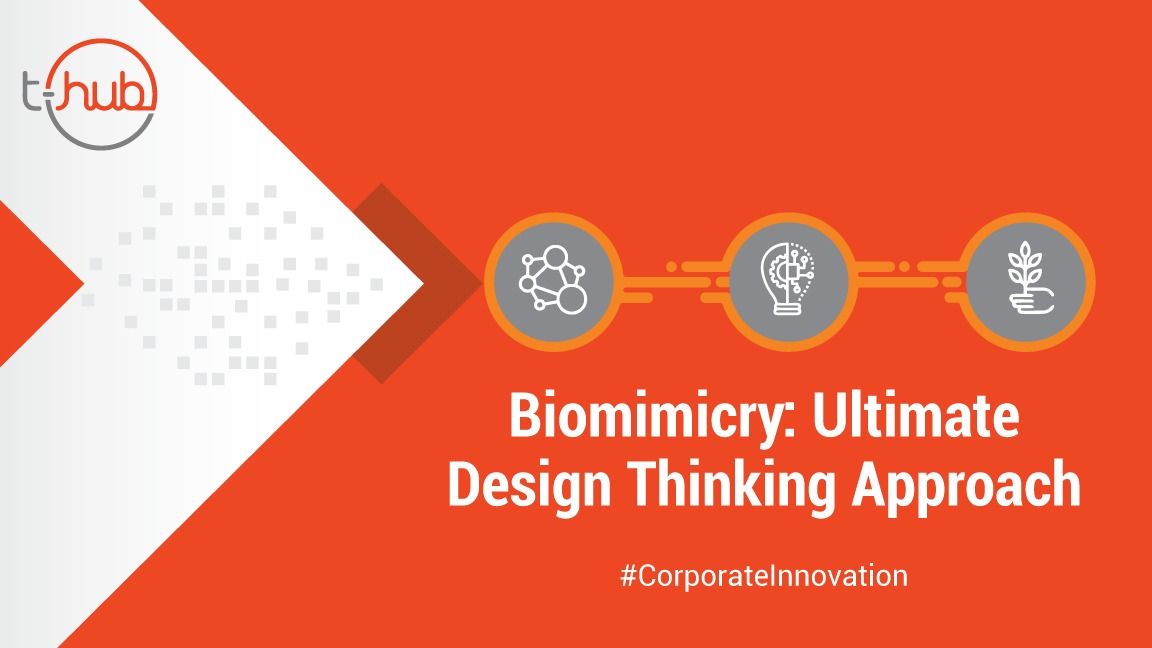The sources of innovation presented by Peter F. Drucker help organisations in analysing and recognising the roots of innovation that can be taken up to develop an innovation plan. While the implementation of innovation is still an intimidating endeavour as the outcomes can be so polarising, Keeley, Pikkel, Quinn, and Walters (2013) have attempted to dial down the enigma of innovation to a scientific discipline. Their book, ¨Ten Types of Innovation: The Discipline of Building Breakthroughs¨ is a renowned work of literature that introduced ten types of innovation and the profitable outcomes that each of them can have for an organisation.
1. Profit Model Innovation: This type of innovation fundamentally considers novel methods of extracting financial profits from the offerings and services provided by companies. Innovations occurring in the methods of collecting revenue. For instance, originally there were two classes in airlines; economy and business. In recent times, certain airlines have started offering a third class often known as Economy Plus or Economy Premium in which they have combined a few privileges of business class with the economy seat.
2. Network Innovation: Network innovation implies innovating by the means of external connections. This type of innovation enables organisations to strengthen their own expertise and capabilities while acquiring new assets and knowledge from their network partners. For example, strategic alliances are usually formed for co-creation, market access, marketing services, and to acquire new assets.

3. Structure Innovation: This type of innovation arises from rearranging separate assets or components of an organization in a way that creates value. Such changes usually occur in particular departments such as R&D, IT, and Human Resources. Tata Group has established training centers around India to retain and attract employees for their companies. This didn’t only ensure that all their HR requirements were met but made their entire hiring process efficient.

4. Process Innovation: This innovation happens when there is a drastic change in the approach regarding a core department of an organisation, whether it be manufacturing, planning, delivering, or marketing. Process innovation more often than not remains unknown and remains advantageous for years. For instance, the infamous assembly line was a process innovation introduced by Ford Motors that exponentially reduced the manufacturing time and cost of each automobile unit.

5. Product Performance Innovation: A product performance innovation is when a product is accompanied by a particular feature that is innovative and unique whether it be a completely new product or an extension to an existing product. However, this type of innovation isn’t sustainable as it is the easiest one for competitors to identify and duplicate. Such as the trend of sustainability and eco-conscious products or packaging. The origin of this trend is vague but it spread like wildfire in the 2010s and nearly every brand has attached this term to their identity in the current age.
6. Product System Innovation: This type of innovation occurs when a company can uniquely integrate and connect their separate products or services into a collection. Introducing new but relevant and connected products also comes under product system innovation. An ideal example of this would be Apple Inc., over the years they have released a plethora of products from smartwatches to headphones that are so well connected that customers tend to buy different products from the same brand.

7. Service Innovation: Service innovations include innovative ways to utilise a product or service. An innovation that doesn’t necessarily alter the final product but affects the way a person accesses it and/or uses it. For example, the chatbots that are available with nearly every website nowadays, don’t alter the product or service but provide ease in acquiring a certain product/service.

8. Channel Innovation: This type of innovation occurs in the distribution part of the supply chain. Channel innovations ensure that their customers have a unique way to access their products/services while ensuring that it aligns with the customer expectations and even their brand identity. For instance, luxury brands such as Burberry or Porsche, pay particular attention to their distribution channels as it is an essential part of their customer experience.
9. Brand Innovation: Brand innovations encompass innovative strategies that a company employs across several correspondences to ensure that their company remains recognizable and distinguished. A quintessential example is how Tata Group made sure that each of their products and services aligns with the conglomerate´s core set of values that make them identifiable.
10. Customer Engagement Innovation: This type of innovation requires companies to deeply understand their customers and deliver a personal engagement that ensures customer loyalty. With the sheer amount of options and alternatives available in the market, such innovation can help a company to deeply establish its brand identity. Such as personalized emails, birthday/anniversary discounts, etc.
Corporate innovation particularly is an arduous and complex undertaking. These ten categorizations of innovation however do what the authors aimed and transform the process of innovation into a discipline and not a serendipitous occurrence. At T-Hub, we simplify innovation and enable corporations to adopt strategies to reach and even surpass their innovation goals.
For understanding the sources and root causes of innovation, you can read my previous blog at https://old.t-hub.co/blog/the-roots-of-innovation-understanding-the-origins-sources-and-root-causes/
– Rakshaan Fatima, Business Development Associate, T-Hub






